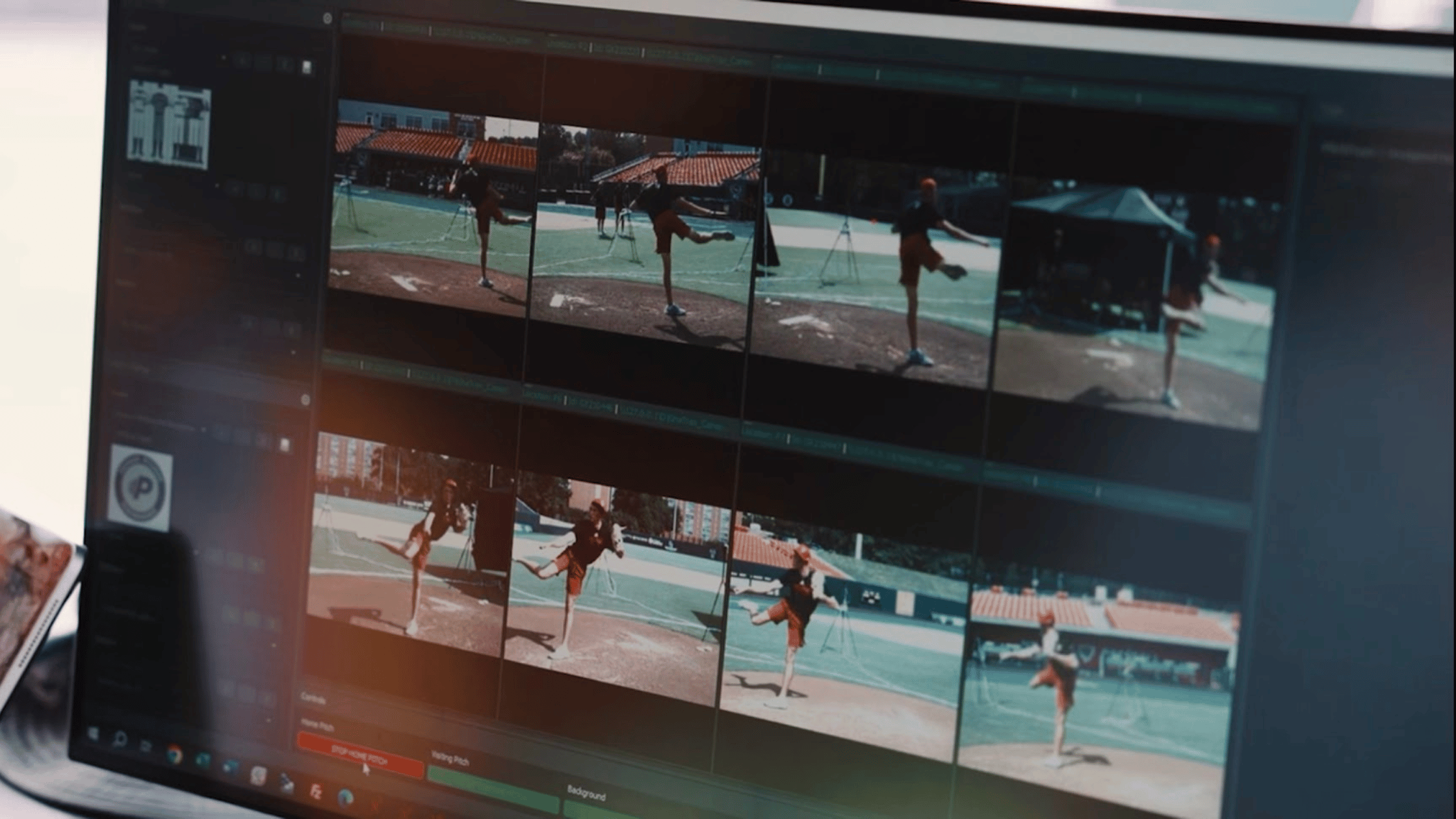How to Distinguish Sound Pitching Advice from Social Media Fads with Brett Graves
With so many baseball content creators and pitching advice on the Internet, it’s becoming more imperative for players to evaluate information they see online and on social media. Former MLB pitcher and current President of Premier Pitching Performance (PPP), Brett Graves, commented on how much the online pitching world has changed,
“Just 10-15 years ago, I remember asking my MIZZOU coaches to just give me a workout, because it was hard to find baseball information online. Now, players can turn to Google and get 50 different hits.”
In today's digital age, information is readily available at our fingertips. While this democratization of knowledge has its advantages, it also presents a challenge for young athletes seeking to improve their pitching skills. Social media, in particular, can be a breeding ground for both valuable insights and fleeting fads. To shed light on this topic, we sat down with Brett Graves, to share insights about how to navigate the digital landscape of baseball effectively.
Filtering Through the Sea of Baseball Content
It’s no surprise that the online world is saturated with baseball advice. As the marketing head for Premier Pitching Performance’s Instagram, X, Youtube and Facebook accounts, Graves has become familiar with the wide range of baseball information available on social media. While some of the content is genuinely helpful, some trends represent extreme standpoints and one-size-fits-all approaches.
“Because of the state of the internet, our society has become quick to see something and accept it as truth instead of having some sort of filter to decide whether that’s quality information or not,” Graves commented.
He urges players to take caution with online pitching advice and to conduct thorough research before incorporating it into their program.
Examples of Misguided Pitching Advice
One common example of misguided advice Graves highlights is the prevalence of pitching mechanic drills that promote specific movement patterns. While these drills may seem beneficial on the surface, they often fail to consider individual differences.
Forcing athletes into a specific movement pattern through excessive drills can actually hinder their progress. Graves explains using the trending topic of hip-to-shoulder separation,
“Some people pitch with a lot of hip-to-shoulder separation and pitch really healthy and command the ball really well. Some people have smaller amounts of [hip-to-shoulder separation] and still throw really hard. So if that person is doing a lot of exercises to exaggerate hip to shoulder ratio, it could actually take them backwards.”
>> Struggling to understand what pitching advice is right for your body? Premier Pitching’s high-tech assessments can help you understand your biomechanics so you know exactly what advice will and will not work for your individual needs.
The Positive Side of Social Media's Influence in Baseball
Despite the challenges, Graves acknowledges the positive impact of social media. "Overall, social media is still very positive because it exposes people to information sooner," he says. This exposure allows young pitchers to learn about different approaches and techniques that they might not have encountered otherwise.
However, Graves emphasizes the importance of context,
"The issue is that it gets distorted based on where the athlete is at in their progression."
In simpler terms, information needs to be tailored to the individual's stage of development. Focusing on complex biomechanics or ball flight data might be counterproductive for a young pitcher who hasn't yet built a strong foundation in movement capabilities and overall body strength.
Premier Pitching’s Recommendations When Following Online Advice
So, how can you navigate this sea of information and find the advice that's right for you? Graves offers the following advice for young athletes and coaches:
-
Seek the truth: Don't blindly accept everything you see online as gospel.
-
Educate yourself: Learn about the principles of pitching and how different factors contribute to success.
-
Vet your information: Critically evaluate the source of the information and its potential biases.
-
Think for yourself: Don't be afraid to question and analyze the advice you receive.
-
Understand your unique differences: Each player has individual biases and strengths. Getting an assessment from Premier Pitching Performance can help you better understand which advice is right for you.
-
Focus on building a strong foundation: Prioritize developing the necessary movement capabilities and fundamentals before skipping into advanced techniques.
By following these steps, you can equip yourself with the tools to discern sound pitching advice from fleeting social media fads. Remember, the journey to pitching excellence is a marathon, not a sprint.
Stay focused on your individual needs and development, and don't be afraid to seek guidance from qualified professionals like the coaches at Premier Pitching Performance.

